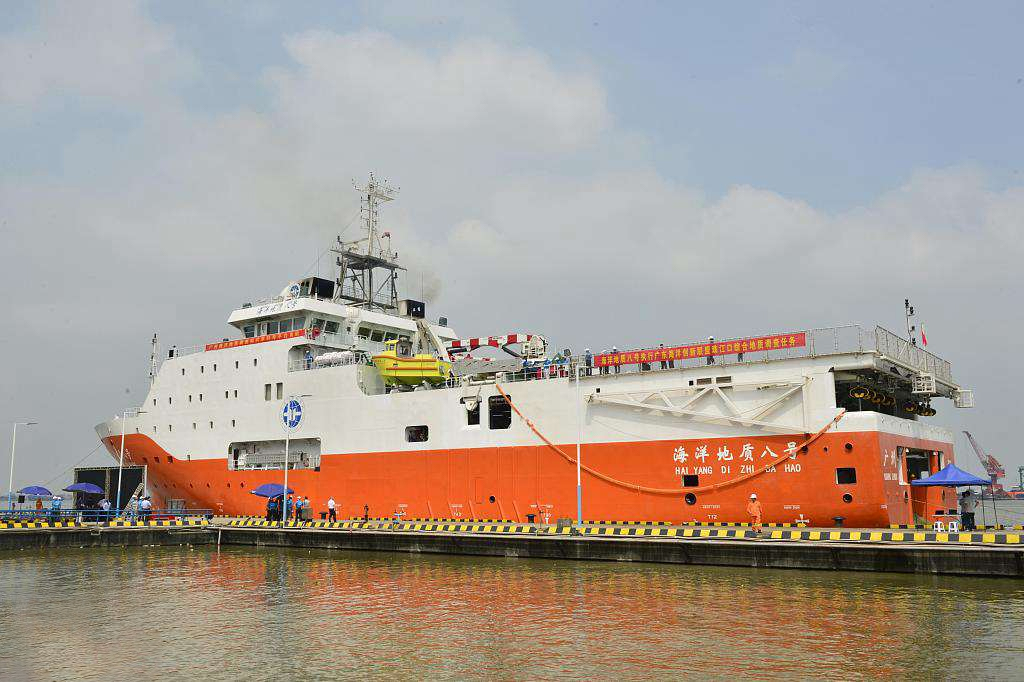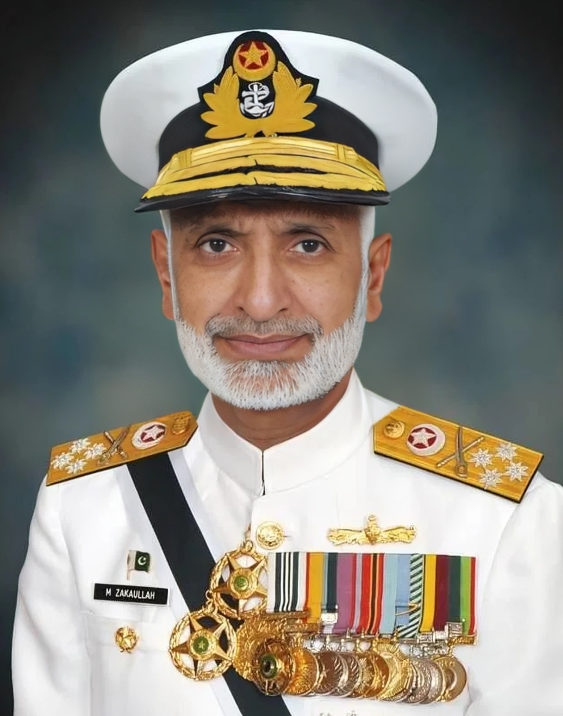On August 12, 1973, the National Assembly elected Zulfiqar Ali Bhutto as the country’s Prime Minster. A month later, on September 19, the elected Prime Minster arrived at the White House on a state visit. In warmly greeting the visitor, President Nixon declared, ‘the independence and integrity of Pakistan is a cornerstone of American foreign policy’. In his talks, the Prime Minister of Pakistan sought U.S. help to construct a new port at Gwadar, on the Arabian Sea coast of thinly populated Balochistan. Although Nixon responded that he would have the proposal examined carefully, his National Security Council briefing paper indicated no “great interest” in having a facility in Balochistan which would stir up the Soviets, the Indians and the Afghans without greatly contributing to the U.S. interests. The administration took no action on the proposal, which China’s Premier Zhou Enlai strongly seconded when Kissinger visited China in November 1973.
Over four decades later, the geo-politics in the Indian Ocean are witnessing a complete reversal. China has turned that sobering counsel given to the United States in its own favour. With the latter now firmly locked in strategic alliance with India, China finds a tremendous opportunity in Gwadar and through it access to the maritime highways of the Indian Ocean.
The China–Pakistan Economic Corridor (CPEC) is part of China’s massive ‘One Belt One Road’ (OBOR) transcontinental and transoceanic initiative. Via a network of railroad and motorways envisioned under the CPEC, the port of Gwadar will connect China with Central Asia, Africa, Middle East and Europe. It will economically uplift China’s western regions of Tibet and Xinjiang, which remain largely underdeveloped compared to eastern provinces. Through the Corridor, China also circumvents the Strait of Malacca, a major conduit of Beijing’s oil imports. Of the 6.1 million bbl/d of oil that China currently consumes, nearly 52 percent (3.2 million bbl/d) is supplied by Middle East, duly shipped through sealines in the western Indian Ocean.
The CPEC is a windfall opportunity for Pakistan’s unattended maritime sector. With the issue of Continental Shelf now resolved favourably, Pakistan has a positive chance to conduct marine scientific research in the 290,000 Sq. Kms of sea area under its jurisdiction. The Chief of the Naval Staff is the principal advisor to the Government of Pakistan on maritime related matters. A Committee comprising of representatives from all shades of national maritime sector must be promptly constituted under the Chief of the Naval Staff. The Committee should identify possible areas in the sector that can be invigorated in collaboration with Chinese assistance. The final recommendations could then be presented before the Senate Standing Committee on CPEC before being taken up with the Chinese government. The effort to galvanise maritime sector could be easily made an adjunct part of CPEC.

An extensive mapping and oceanographic survey of our maritime zones including sea bed is already overdue. This can now be undertaken jointly with China. Key modalities could be worked out at higher level between the two governments’ along with appropriate strategy for exploitation, sustainable development as well as profit sharing. The process however must take into consideration the concerns of Balochistan. Both Pakistan and China have fairly modern oceangoing survey vessels in their inventory. Our national and coastal economy is greatly tied to the sea. The latter supports a large local community in Balochistan and Sindh that dwells along Pakistan’s more than 1000 Kms long coastline.
The hitherto lackluster performance of National Institute of Oceanography (NIO) too needs to be revitalized with the support of Chinese and local marine science expertise. A true and sustainable exploitation of Pakistan’s maritime zones based on genuine scientific research will yield rich dividends for the country in terms of living, non-living resources as well as minerals like oil and gas hydrates.
Pakistan National Shipping Corporation (PNSC) is the only Public Sector Enterprise showing profit since around 2002. Despite that, PNSC lifts only a trifling percentage of national cargo. It is noteworthy to mention that bulk of Pakistan’s sea based cargo is transported via foreign carriers draining about US $ 3.5 billion annually. The corporation accordingly needs to be injected with a fresh lease of life. The government must consider setting up at least one to two shipyards at Gwadar as part of infrastructure under CPEC. New ships to lift national cargo could be constructed in local yards with Chinese assistance. Karachi Shipyard and Engineering Works (KS&EW) is the only shipyard and oldest heavy engineering establishment in Pakistan catering for shipbuilding, ship repair and general heavy engineering.
Lastly, with CPEC maturing, the maritime commercial traffic will rise in the region and so will the responsibility and task of the Pakistan Navy. Both, PN and PLA Navy must devise and formulate a long term strategy to guard their maritime interests in the region.
The success of CPEC will however depend on Pakistan’s political resolve, addressing the concerns of marginalized population over and above revisiting its foreign policy that readjusts to the developing geo-politics in the Indian Ocean.




